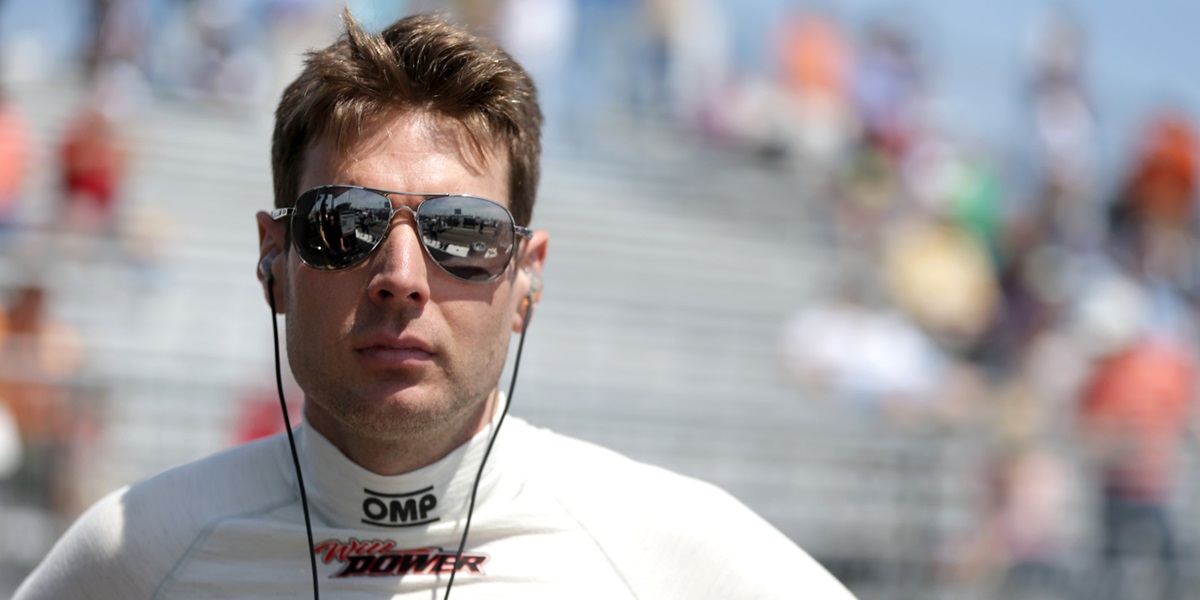
Power Prepares for Technical Indy Grand Prix of Louisiana
April 10, 2015 | By Marshall Pruett
Round 2 of the 2015 Verizon IndyCar Series championship takes a sharp change in direction from the season opener on the streets of St. Petersburg. The field of Chevy- and Honda-powered Indy cars have left the low-grip track surfaces behind in favor of the natural terrain road course at NOLA Motorsports Park, where high grip and high downforce should produce phenomenal cornering speeds.
NOLA’s layout won’t generate massive top speeds, but for those working inside the cockpits during the Indy GP of Louisiana, the stresses and strains that come from rocketing through each corner could be a test of endurance by itself.
“It’s so high-grip, it’s quite technical and fun,” said Team Penske’s Will Power. “There’s something really fun about it, and it’s really smooth apart from the front straight, and it also makes you work pretty hard. It’s a rewarding track to drive, but the concentration involved is pretty intense.”
With so many corners to master, the defending Verizon IndyCar Series champion says downforce from the new aero kits will play a big part in setting fast lap times.
“The corners are long, but not too long, and it’s not too much of a setup compromise because there’s a lot of grip and the straights aren’t long enough to warrant trimming out the wings,” he explained.
The technical aspects of the NOLA circuit carry risks for those who miss their marks.
“The last corner is where you can make the easiest mistakes, and the last corner heading onto the back straight is also a problem if you’re off by a little bit—that’s a good thing,” Power continued. “They’re difficult to get exactly right, so it makes you work harder to be perfect.”
With the forecast preparing teams for the possibility of rain, Power believes accuracy will be the key to victory.
“It’s definitely going to be physical if it’s dry and humid, but if it rains, which could happen, it will be really interesting to see who survives and makes the fewest mistakes,” he said. “The driver with the lowest error percentage is going to be in pretty good shape by the end of the race, wet or dry.”